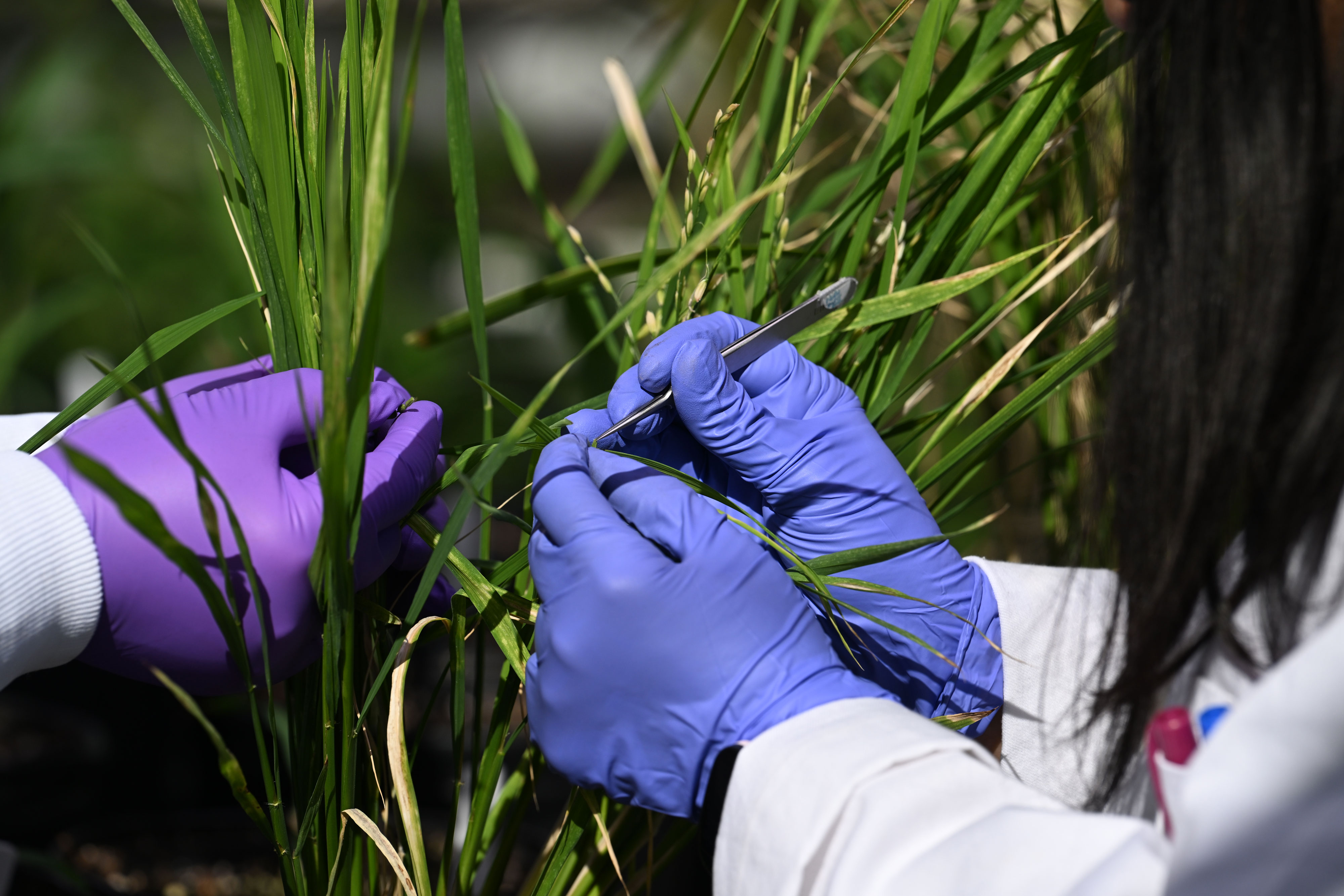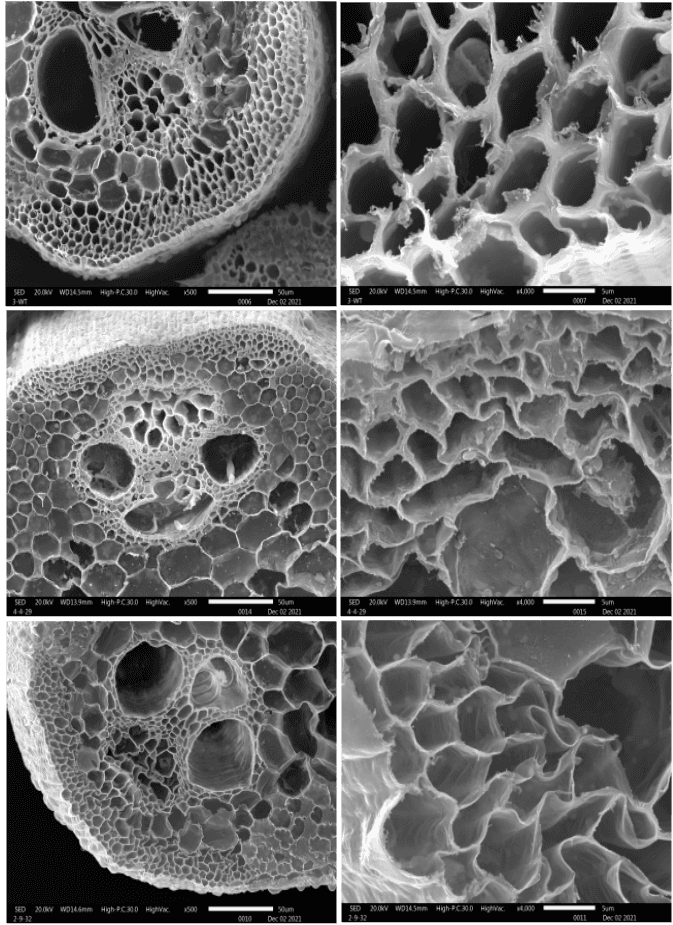Biofuel and Bioproduct Generation Boosted with Engineered Enzymes
Harnessing the promiscuous prowess of engineered enzymes, researchers enchant grass into yielding its biofuel treasures
Oct 27, 2023
AI Image Created Using DALL-E 3
The energy wizards over at the U.S. Department of Energy’s Brookhaven National Laboratory have delved deep into the biological alchemy of turning grass into gold - or, more precisely, into biofuels. Armed with an armory of engineered enzymes, not naturally lounging around in nature’s toolbox, these biologists have been tweaking and tuning the cellular machinery of grassy greens. Their quest? Unshackling the sugary treasures held captive within the formidable fortress of plant cell walls.

“The concept of biomass to biofuel seems simple, but it is technically very difficult to release the sugars,” elucidates the botanical brainiac Chang-Jun Liu, navigating this sugar-liberating odyssey.
Plants, those silent energy hoarders, are nature’s solar panels, stockpiling the sun's energy within complex, pent-up sugar molecules. Wrapped within a fortress of lignin, these molecules are defended with a resilience akin to nature’s cryptography. Unlock this treasure chest, and you unveil a cascade of carbon primed to propel our planes, trains, and automobiles in a post-petroleum pageant.
The magicians of modification, led by Liu, aren’t newcomers to this cellular circus. With a focused fervor, they've brandished enzymes like monolignol 4-O-methyltransferases (MOMTs), original architects of engineered marvels, capable of deconstructing the lignin labyrinth. A previous spectacle saw poplar trees play the stage, where MOMTs played the part of lignin liberators, ushering in a reign of more accessible sugars. The findings from their work were published recently in the Plant Biotechnology Journal.
Now, with eyes set on the rugged realms where grasses gallantly grow, the enzyme engineers have unleashed their crafted catalysts. In these rugged arenas, often deprived of life’s lush luxuries like water and nutrients, grasses stage a stubborn survival show, yielding biomass without barging into the territories treasured for food production.
“However, grass plant cell walls, like those from the rice plants that we studied, are even more complicated in terms of structure and composition,” warns Nidhi Dwivedi, a herald of the team’s biochemical tales, signaling the saga of the new cellular challenges ahead.

In a twist of the tale, these meticulously machined enzymes demonstrated a surprising dalliance, a promiscuity in their performance, mingling not only with their designated dance partners, the monolignols but also flirting with other molecular constituents of the cell wall.
While such adventurous engagements unleashed sugars from their lignin lockups, leading to a bounty of biofuel potentials, they also courted unintended consequences. A certain decorum of developmental decor was disrupted, with some plants not rising to their full regal heights and some abstaining from the bequeathing of seeds.
But fear not, for the saga doesn’t stall. Our enzyme explorers are already charting courses through the molecular mazes, seeking paths to preserve the prodigious production of sugars while upholding the honorable heritage of plant propagation.
“After seeing the effectiveness of this enzyme technology in rice, we are confident that it can be used to modify other grass energy crops like sorghum and bamboo,” projects Liu, heralding horizons of horticultural hope.
In the storied scrolls of science, where biofuels beckon as heroic heralds against the fossil-fueled fiends, these tales of enzyme adventures etch essential eternities, illuminating landscapes of lignin and scribing symphonies of sustainable sugars.


















